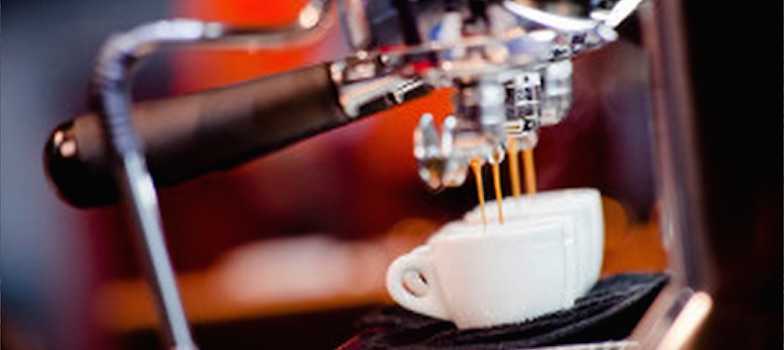by Olivia Cassano *
Starbucks is preparing to take on its biggest challenge yet: opening its first store in Italy, birthplace of the espresso.
“Our first store will be designed with painstaking detail and great respect for the Italian people and coffee culture,” Starbucks chair and CEO Howard Schultz said in a press release. “We’re going to try, with great humility and respect, to share what we’ve been doing and what we’ve learned.”
As a born-and-bred Italian, who’s been drinking coffee since before finding out Santa Claus isn’t real (spoiler alert), I feel the need to speak on behalf of my people.
Schultz, with all due respect, humility is not part of our vocabulary, especially not when it comes to food and drink.
Ever since the announcement that you’re planning on opening a location in Milan by 2017, the Italian blogosphere has been fuming. If there was a way to tweet frantic hand gestures, we’d do so. To us, coffee comes close to religion. And like most religions, there are rules that, if broken, are sin.
Macchiato: with a drop of milk (the barista should ask whether you prefer the milk to be hot or cold.)
Americano: with hot water, always served on the side.
Shekerato: shaken over ice, served in a martini glass.
Deka: decaf (as a digestif after dinner).
Cappuccino: with steamed milk, topped with milk foam. This is a breakfast option and unacceptable to drink after 11am.
Then you can choose whether to have it in tazza grande (big cup), or al vetro (glass cup). There is no “tall”, and “venti” is the amount of minutes it would take for an Italian to understand why you would need such a big cup of coffee.
We drink it standing up at the counter because sitting down means paying extra, and with espresso especially, it needs to be drank before the crema on top dissipates. The “crema” is a creamy emulsion of the coffee’s oils, and acts as a lid covering the espresso, keeping all the aromas in. For this reason, no Italian will ever grab the concept of drinking coffee from a to-go cup, while walking.
If you’re charged more than €1.20 it’s a rip off, and if you chose to make coffee at home, it’s done with a Bialetti (RIP) Moka. Every region has its specialty, in the north they take it corretto with liquor (grappa or sambuca), in Alessandria, Piedmont they add chocolate and milk foam to make a marocchino, but all in all the base is always the same.
These are the basics, everything else is heresy. As Alberto Nardelli and George Arnett so eloquently wrote on The Guardian, “Syrup is something you take when you have a cold. It is never added to coffee,” and “The Frappuccino does not exist as an option. Never.“
Now, I know you’re not the first American chain to co-opt our creations and try to sell them back to us. Your buddy Domino’s opened its first pizzeria in Italy last October, and ice-cream maker Ben & Jerry’s set up shop in 2011. But if they jumped off a bridge, would you?
We’ve made peace with the fact that you’re passing off your products as “coffee”, and while you’ve fooled the whole world, you ain’t fooling us. We have a saying, “moglie e buoi dei paesi tuoi”, which roughly translated means: stick to your own kind.
While this is without a doubt a symbolic move for you, it’s an apocalyptic one for Italians. And I’m not exaggerating. There’s a reason, after all, why it’s taken more than 40 years for you to open a shop in Italy.
As a nation, we’re such coffee purists that when my parents visit me in London they refuse to drink coffee anywhere that doesn’t have an Illy sign outside and Italians operating the coffee machine. Sant’Eustachio Il Caffe’, a Roman institution famed for its home-roast coffee beans, prepares its coffee behind a curtain to keep its family recipe a secret. Call it snobbery, but this is who you’re selling to.
After all, we’re talking about a nation that houses landmarks like Giubbe Rosse in Florence, which is more of an institution than a coffee shop, host of some of Italy’s most famous writers and painters; Caffe’ Gambrinus in Naples, where literary greats like Oscar Wilde, Ernest Hemingway and Jean-Paul Sartre would go; and Caffe’ Florian in Venice, Italy’s oldest cafe’.
To us, coffee is as much a part of our day to day life as it is a heritage of our culture, so don’t expect all Italians to roll out the red carpet for you.










